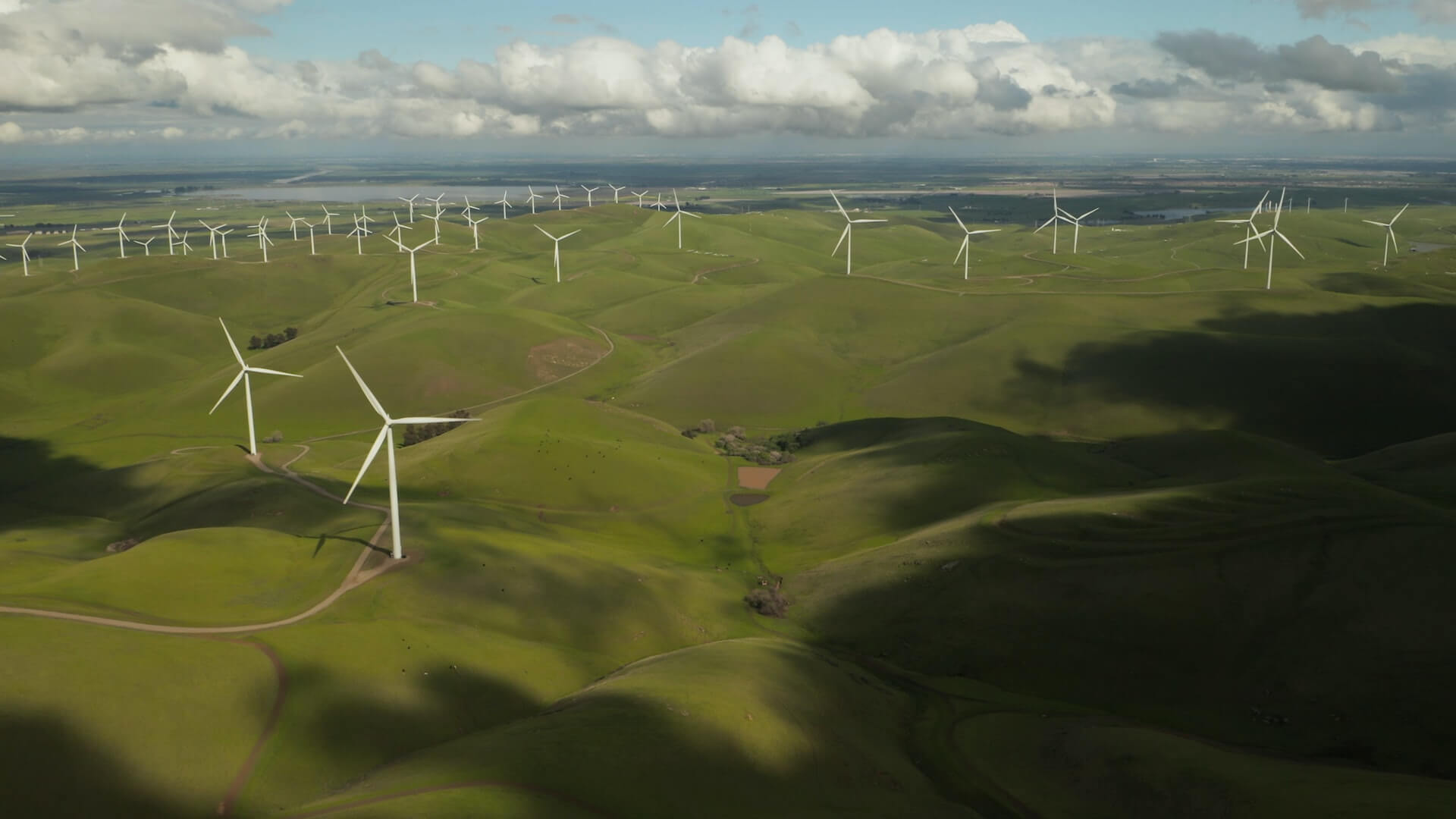Bonjour, je suis Derek Ke, le fondateur de EVSEtop.com, un expert de premier plan en matière de produits électriques protégés par le soleil et de solutions de recharge pour véhicules électriques.
Avec plus de 15 ans d'expérience, nous avons aidé près de 500 clients des secteurs agricole, résidentiel, industriel et commercial dans 60 pays à relever leurs défis en matière de nouvelles énergies et d'énergie verte. Notre mission est de partager des connaissances précieuses sur l'énergie solaire et l'énergie durable, en rendant l'électricité verte accessible aux foyers et aux entreprises du monde entier.
